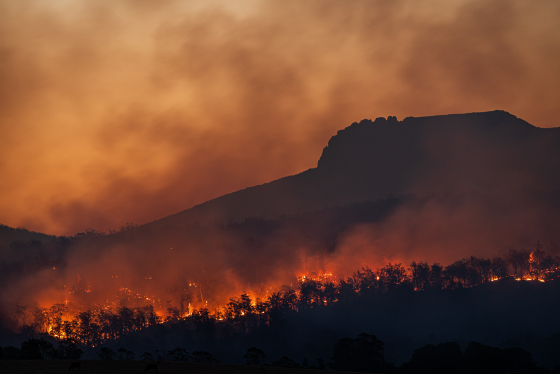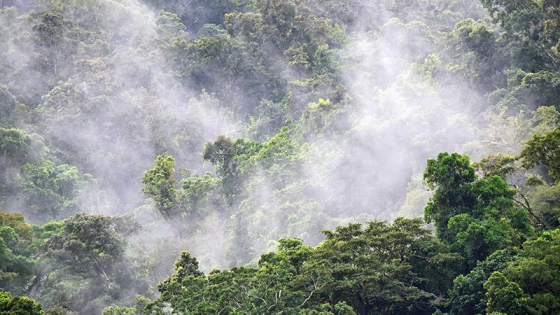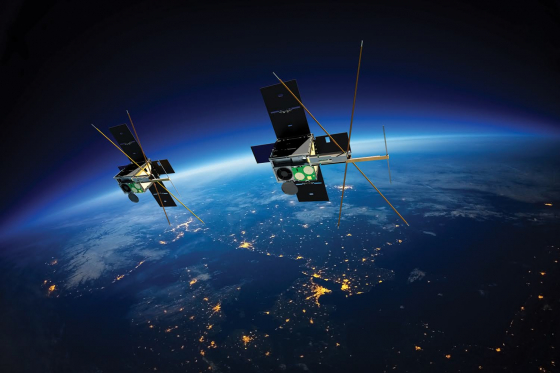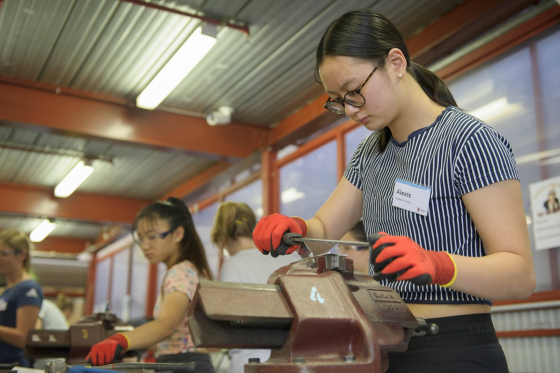Celebrating science at UNSW Canberra
It's National Science Week, Australia’s annual celebration of science and technology. It’s been a huge year for science at UNSW Canberra. Here’s just a snapshot of some of the research you’ll find around the University.






